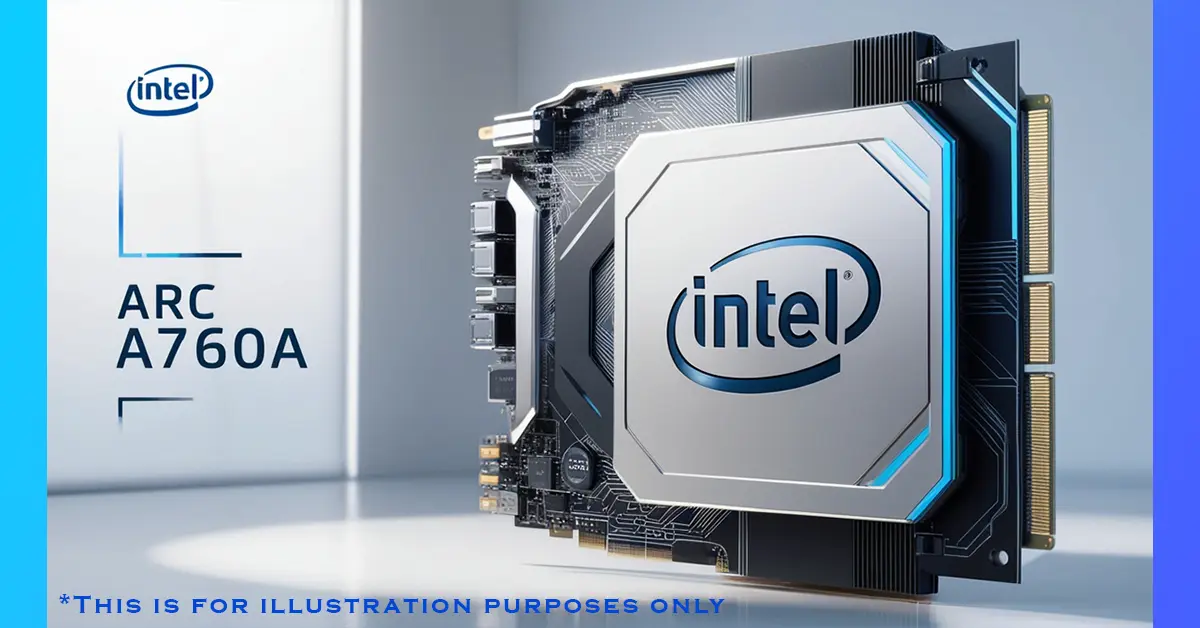Table of Contents
In the world of advanced computing, acronyms like NPU and TPU are becoming increasingly common. But what do they really mean, and how do they differ? In this detailed guide, we’ll delve into the differences between NPUs (Neural Processing Units) and TPUs (Tensor Processing Units), uncovering their unique characteristics, use cases, and benefits.
What is an NPU?
Defining Neural Processing Units
Neural Processing Units, or NPUs, are specialized hardware designed to accelerate machine learning tasks. Think of NPUs as high-performance engines tailored specifically for handling neural networks and deep learning algorithms. They’re built to process the vast amount of data and complex calculations involved in training and inference for AI models.
How NPUs Work
NPUs operate by optimizing the computation of neural network layers. They utilize parallel processing to handle multiple data streams simultaneously, significantly speeding up the training and inference processes. By focusing on matrix multiplications and other operations central to neural networks, NPUs can deliver enhanced performance and efficiency.
Key Benefits of NPUs
- Speed: NPUs can process large amounts of data quickly, reducing the time required for training AI models.
- Efficiency: They are designed to perform neural network computations with minimal power consumption, making them energy-efficient.
- Scalability: NPUs can handle complex and large-scale AI tasks, making them suitable for a variety of applications from image recognition to natural language processing.
What is a TPU?
Understanding Tensor Processing Units
Tensor Processing Units, or TPUs, are Google’s custom-built processors designed specifically for machine learning tasks. TPUs are optimized for performing tensor computations, which are the core mathematical operations used in deep learning algorithms. They are part of Google’s broader infrastructure aimed at boosting AI capabilities.
How TPUs Work
TPUs accelerate machine learning tasks by focusing on tensor operations, which involve multi-dimensional data arrays. They are built to handle high throughput and perform large-scale matrix operations efficiently. TPUs can perform a vast number of computations in parallel, significantly speeding up the training and inference of AI models.
Key Benefits of TPUs
- Performance: TPUs offer exceptional performance for tensor-based computations, allowing for faster training and deployment of AI models.
- Integration: TPUs are tightly integrated with Google Cloud services, providing seamless scalability and easy access to Google’s machine learning ecosystem.
- Cost Efficiency: By delivering high performance with optimized power usage, TPUs can offer cost-effective solutions for AI workloads.
NPU vs TPU: Core Differences
Architectural Differences
NPUs and TPUs differ fundamentally in their architecture:
- NPUs are generally more versatile, designed to handle various types of neural network operations. They are often used in diverse hardware platforms, including mobile devices and edge computing.
- TPUs are specifically optimized for tensor operations, making them highly specialized for certain types of AI tasks. They are primarily used in Google’s cloud infrastructure.
Performance and Efficiency
- NPUs provide high performance and energy efficiency for a broad range of neural network applications. Their design is focused on balancing speed and power consumption.
- TPUs excel in performance for tensor-heavy tasks, often achieving higher computational throughput compared to NPUs. They are engineered for high efficiency in large-scale machine learning operations.
Application Scenarios
- NPUs are ideal for applications requiring general AI processing capabilities, such as smartphone AI features or IoT devices. Their versatility makes them suitable for a wide range of neural network types.
- TPUs are best suited for large-scale machine learning tasks and are predominantly used within Google’s ecosystem, including services like Google AI and TensorFlow.
Choosing Between NPU and TPU
Considerations for Selection
When deciding between NPUs and TPUs, consider the following factors:
- Use Case: NPUs offer broader applicability for various neural network tasks, while TPUs are optimized for tensor computations.
- Infrastructure: TPUs are integrated with Google Cloud services, making them a natural choice if you’re leveraging Google’s AI ecosystem.
- Performance Needs: For tasks requiring high computational throughput, TPUs might offer superior performance. For more general or diverse applications, NPUs could be more suitable.
Future Trends and Developments
Both NPUs and TPUs are evolving rapidly. Future advancements may blur the lines between these technologies, as both seek to address the growing demands of AI processing. Keeping an eye on emerging trends and updates can help in making informed decisions about which technology to adopt.
Conclusion
In summary, both NPUs and TPUs play critical roles in the world of AI and machine learning, each bringing unique strengths to the table. NPUs offer versatility and efficiency across a range of neural network tasks, while TPUs provide unparalleled performance for tensor-based computations. Understanding the core differences between these technologies can help you choose the right tool for your specific needs.
Whether you’re optimizing AI models for mobile devices or scaling large machine learning workloads, both NPUs and TPUs offer powerful capabilities that drive advancements in artificial intelligence.
FAQs
What is an NPU used for?
An NPU, or Neural Processing Unit, is used to accelerate computations in neural networks and deep learning tasks, improving performance and efficiency in AI applications.
How does a TPU differ from an NPU?
A TPU (Tensor Processing Unit) is specifically designed for tensor computations used in deep learning, offering high performance for large-scale AI tasks, while an NPU is more versatile and suited for a broader range of neural network applications.
Can NPUs and TPUs be used interchangeably?
While NPUs and TPUs both enhance AI performance, they are optimized for different tasks. NPUs are more general-purpose, whereas TPUs excel in tensor operations. Choosing between them depends on your specific application needs.
Are TPUs only available on Google Cloud?
TPUs are primarily available through Google Cloud services, but their technology can also be integrated into various products and services within Google’s ecosystem.
What factors should I consider when choosing between an NPU and a TPU?
Consider your specific use case, the infrastructure you’re using, and the performance needs of your AI tasks. NPUs offer versatility for a range of applications, while TPUs are ideal for high-performance tensor computations.



